Momentary Pain of Change vs. Long-Term Pain of Regret
For some advisors, the RIA custodian transition process can seem insurmountable.
Evaluating vendors, taking technology demos, communicating the move to clients, transferring assets, learning new systems. The checklist to complete a transition seems to go on and on.
With everything that needs to be accomplished, it’s no wonder many RIAs opt to stay with their current custodial service provider, even if they feel a different provider could be a better fit for their firm.
RIAs should consider taking a step back to evaluate if the temporary investment to change providers outweighs the long-term costs of working with a provider that’s falling short.
The Pain of Change
The transition process can feel complicated at first. There is a lot that needs to get done – decisions to be made, data to be organized, documents to compile. Let’s break down what really needs to happen in a transition – it may not be as intimidating as it seems:
Determine Must-Haves
Before starting a search, RIA teams should sit down and outline what they’re looking to gain from a new provider. This could be specific technologies, a high-touch service-model, RIA trading capabilities, approach to pricing, etc. It’s important to loop in the entire team into these conversations – this checklist should include points that will impact advisors as well as operational-focused team members. Specifically, consider where the current custodian may be falling short, and how that new provider could bring more value to the firm.
Evaluate Prospective Vendors
Start with a big list of all potential providers and work through information available online to determine which could possibly meet the firm’s must-haves. By leveraging the checklist from step one, the RIA should be able to whittle down that list to the few that could potentially be a fit.
At that point, connect with those providers and set up live demos. On the demo, get a handle on how their technology works, their approach to service, and how they would support the RIA throughout the transition. As a part of this process, advisors should also look to connect with referrals from the provider to get the first-person account on how they work with advisors in ongoing relationships.
Communicate the Move to Clients
Once the provider has been chosen, it’s time for the RIA to connect with clients to communicate the move. There is a common feeling that moving custodial service providers could startle clients and make them consider leaving for another advisor. While that is a possibility, advisors can take a few key steps to help streamline these conversations and hopefully get clients engaged and excited about the future:
-
- Lay the Groundwork – explain why you’re making the move and how the new provider will benefit the client.
- Manage Expectations – be clear about timeline and what the client can expect (i.e., will have to fill out some quick forms).
- Don’t Overexplain – clients work with a RIA for the advisor, not their providers. Let the clients know what they’re gaining, but no need to dive into the nuances of the transition.
- Provide Clarity – offer a quick step-by-step guide of what they can expect at a 10,000-foot-view. The new provider should help the RIA to figure out what this will look like.
Transfer Assets
Once everyone is on-board, it’s time to transfer the assets. If the RIA custodian has a high-touch Transitions team, they should work closely with the RIA to ensure the firm collects all necessary data points to complete the move. Some providers also leverage automation to help ensure all i’s are dotted and t’s are crossed.
TradePMR, for example, offers an account uploader tool to enable advisors to transfer and open hundreds of accounts at once with just a few quick steps. The tool then identifies any missing information to ideally limit the amount of back-and-forth between advisors and their clients.
Learn the New System
If the full RIA is looped in through the transition process, all team members should have a good handle on how to use the new provider’s technology. However, there will always be a learning curve. The provider’s team should be in constant contact with the RIA throughout the transition and beyond to ensure everyone knows what technology is available, and how to leverage that tech.
The Pain of Regret
Now that we have a clear view of the transition process, let’s think through the alternative – sticking with a RIA custodian that isn’t meeting the firm’s needs.
Perhaps the vendor’s technology isn’t expansive enough for the business. Or maybe the technology is too expansive, designed to fit the needs of every type of advisor (not just RIAs), forcing the firm to sift through the offering to find the bits and pieces that could benefit the team. Maybe it has nothing to do with the technology, and the service is just falling short – leaving the advisor to spend hours waiting on hold to get help with simple questions.
Whatever the issues may be, if the advisor flashes forward 1, 5 or even 10 years down the line it’s possible that they will still be experiencing the same issues. At that point, they have wasted their valuable time navigating an unfit technology stack or bearing with sub-par service.
Take the example of an RIA custodian delivering poor service to an advisor. This service doesn’t just impact the advisor and their team – it can directly impact clients. If a client has a request for the advisor, and the advisor is forced to wait weeks or months for an update, that can adversely impact their relationship.
From a client’s point of view, when something goes wrong with a vendor, the RIA’s vendor acts as an extension of the RIA – if the client is waiting weeks or months for news, that wait reflects poorly on the advisor. This can cause serious friction in client relationships, and that friction could come to a head with those impacted clients leaving the firm.
Additionally, the more time the advisor wastes navigating poor service – perhaps on a complicated phone queue or call center – the less time they have to work for clients. Not only does this impact current client relationships, but it can also restrict a firm’s ability to find new clients and grow that business. So, not only are those current relationships put in jeopardy, the future of the business can also be at risk.
So, Why Wait? Hear our Founder’s Story.
As RIAs consider the pain of change vs. the pain of regret, it’s important to consider how poor technology or service could have compounding effects over time. It may never feel like the right time to make a move. But, sticking with a provider just to avoid a momentary investment in the future of the RIA may have a major negative impact on the trajectory of the advisor’s business, and the success of their client relationships.
How do we know? Pain of regret is baked into the foundation of TradePMR.
Before launching TradePMR, Robb Baldwin was an RIA whose custodian announced that it would undergo a merger. Robb took the wait-and-see approach and stuck with his provider through the move.
Big mistake.
The merger created significant issues for his business. Accounts seemingly vanished, and monies were transferred incorrectly. He didn’t get the support his RIA needed, and his clients ultimately paid the price. It took months to sort out the confusion and even longer to rebuild his trust with clients.
That experience is ultimately what led Robb to launch TradePMR – a custodial service provider focused 100% on delivering white-glove service and advanced technology to RIAs.
The pain of change is certainly a factor, but it’s temporary. If advisors take the time to find a provider that is truly invested in their success, the long-term benefits of the move could significantly outweigh the short-term investment of the transition.
If you’d be interested in hearing how TradePMR’s Transitions team works with advisors from day-one, we should talk. We can dive into our transitions support and how TradePMR’s technology and white-glove service model could benefit your RIA.







